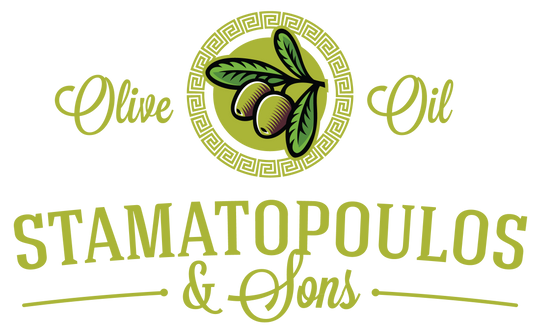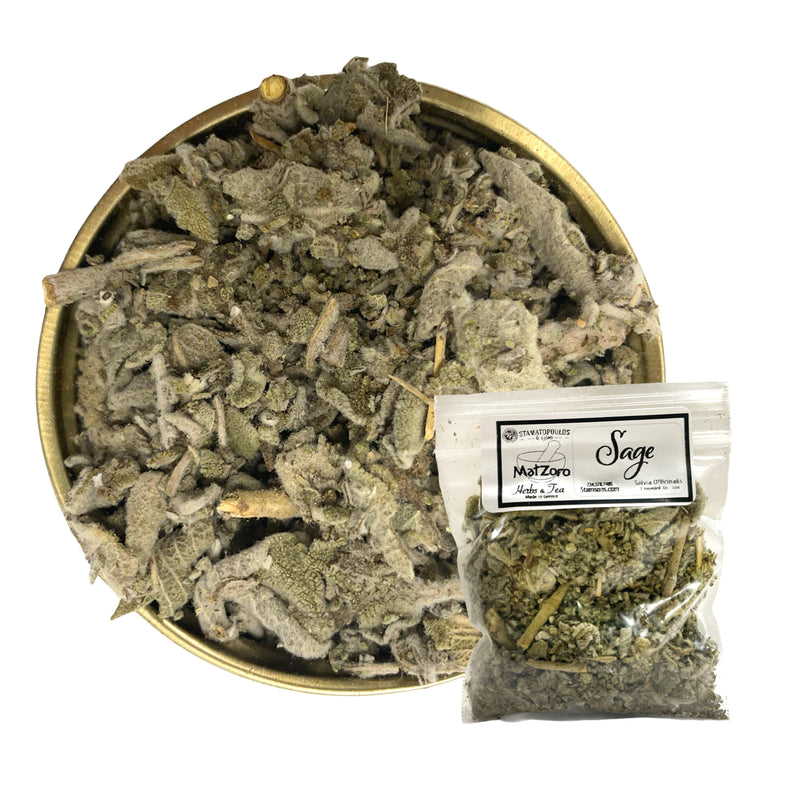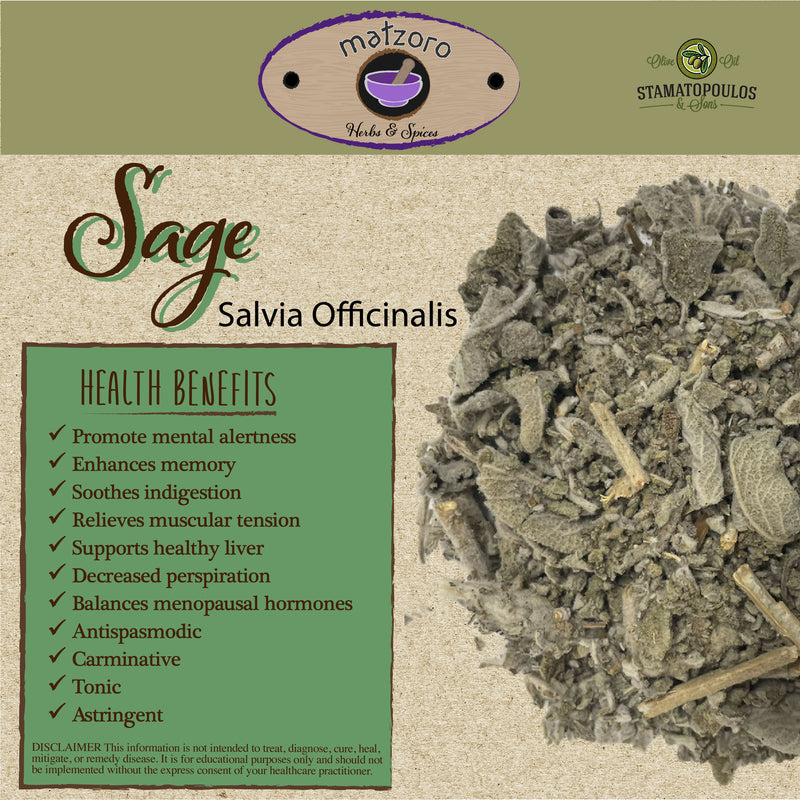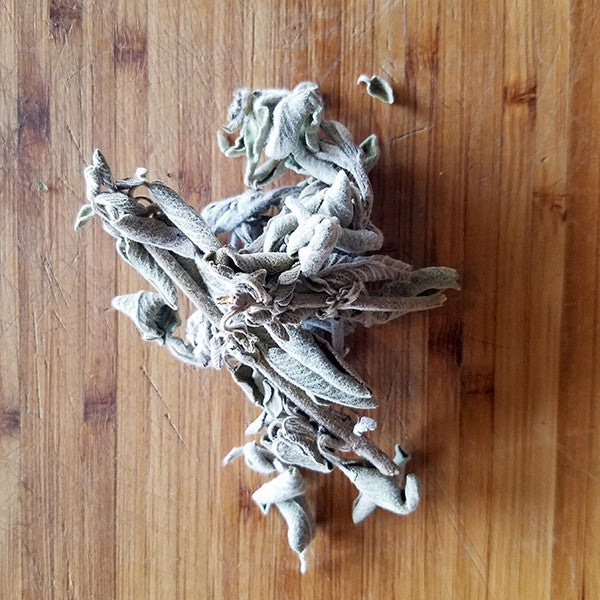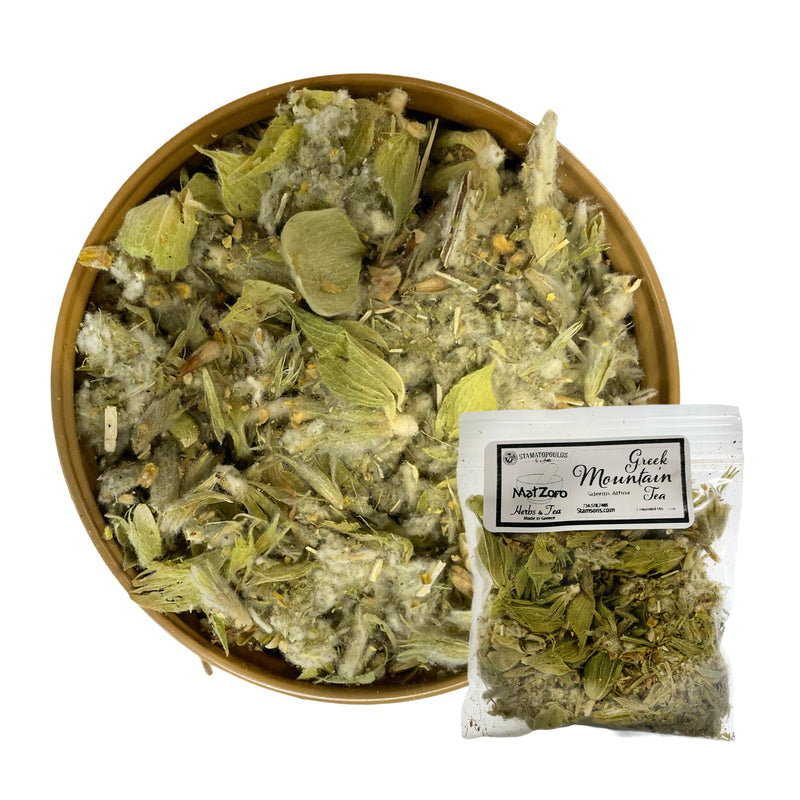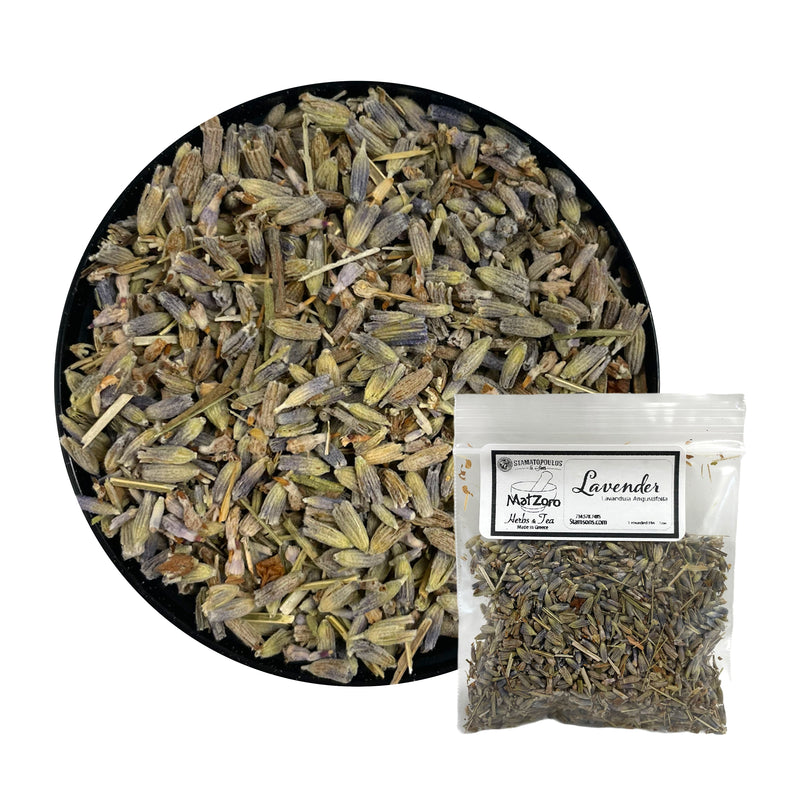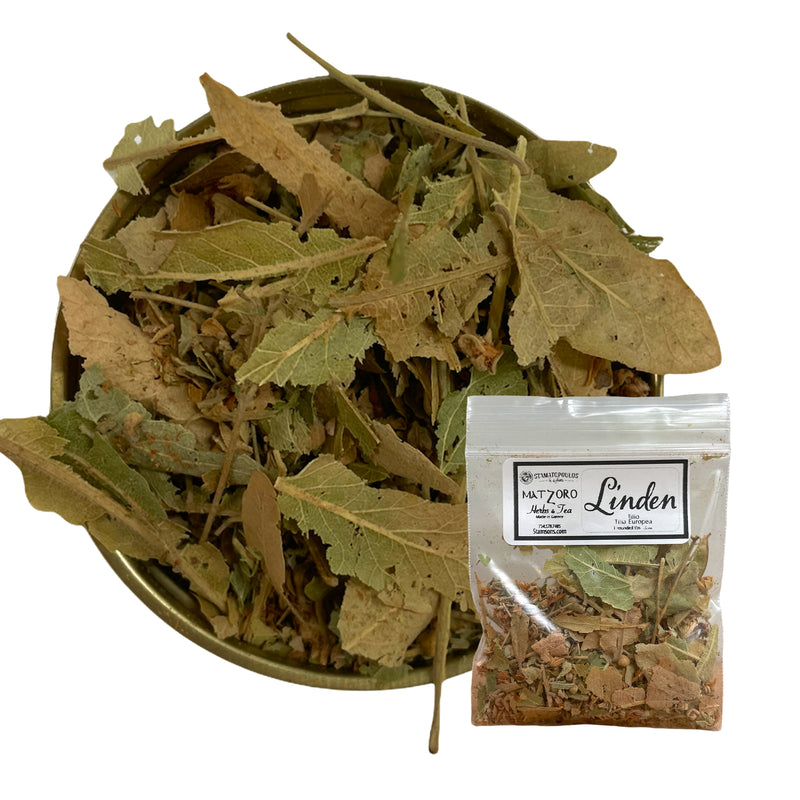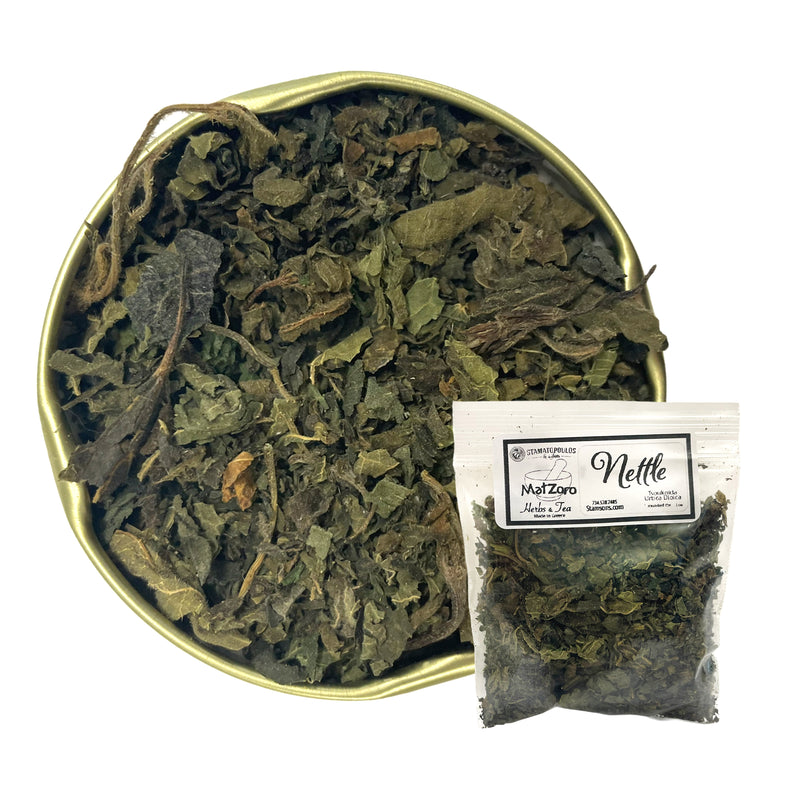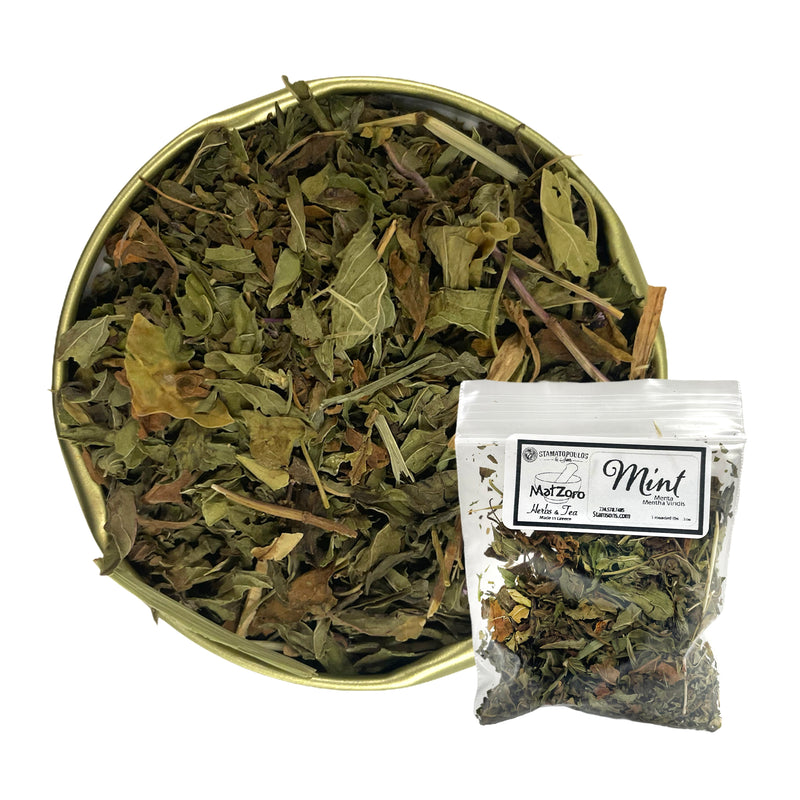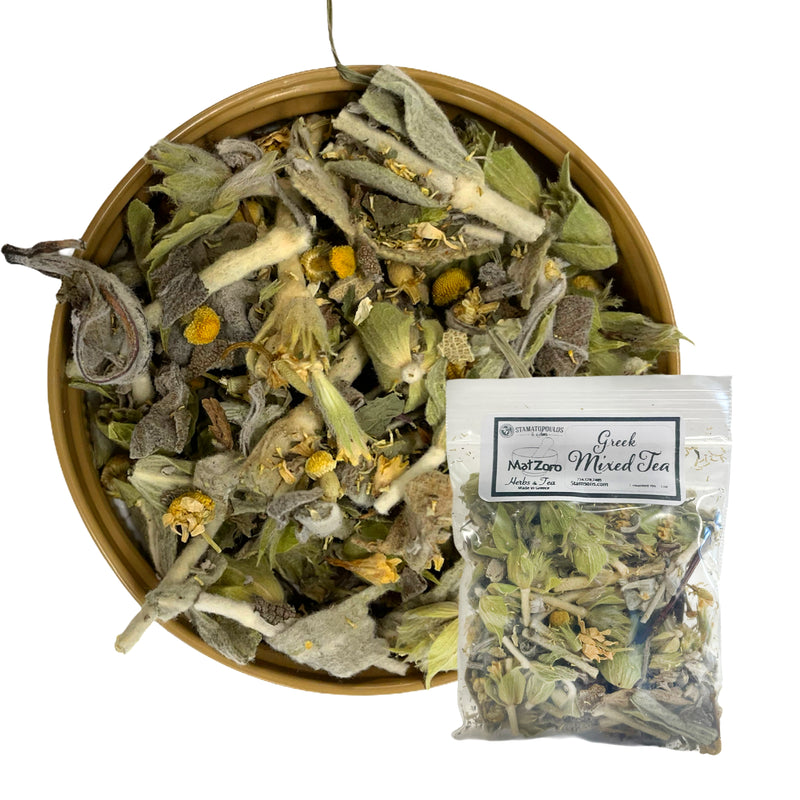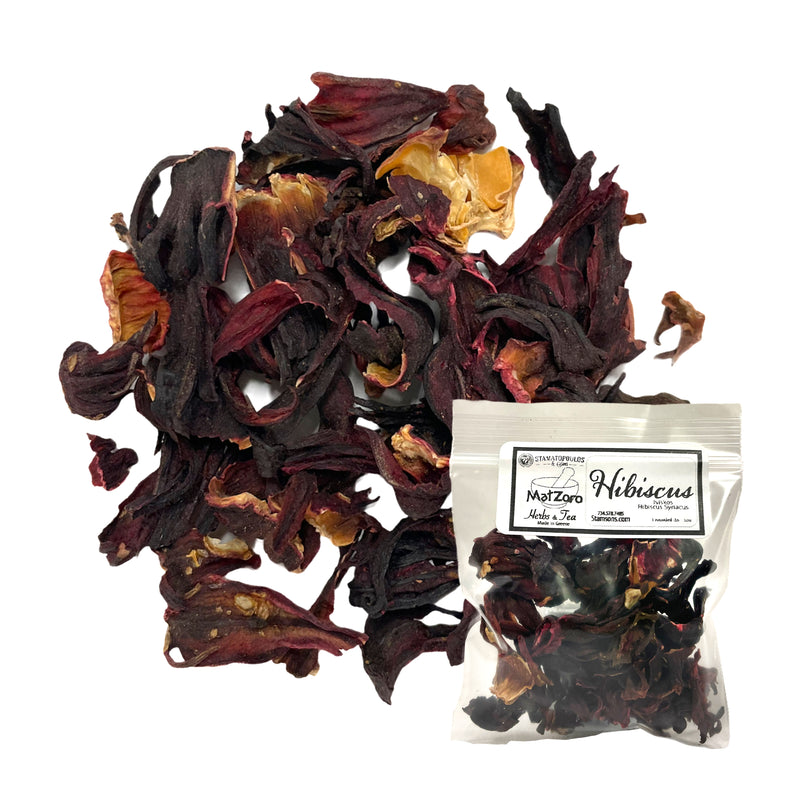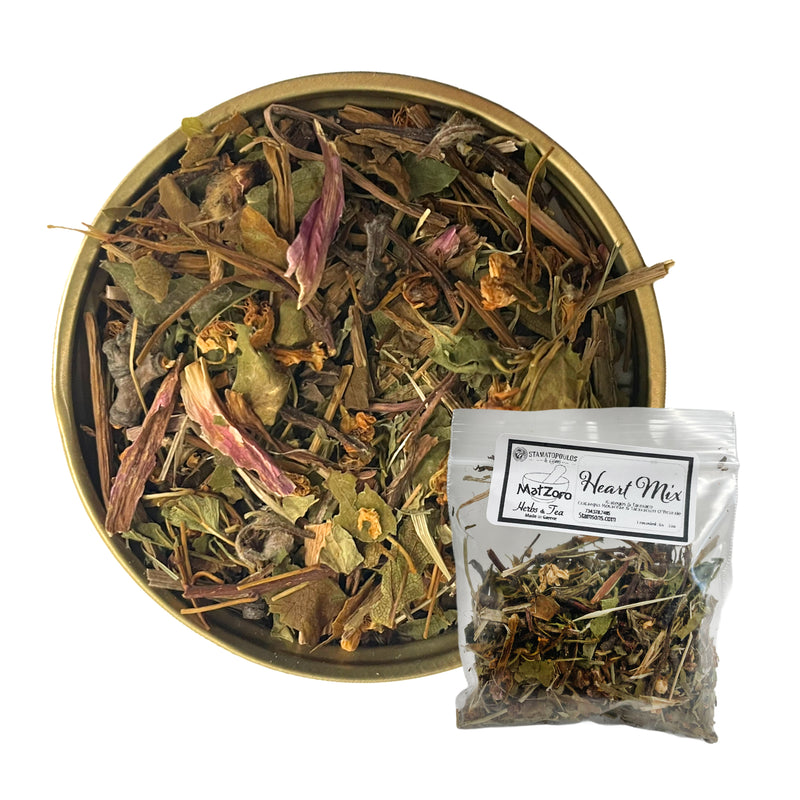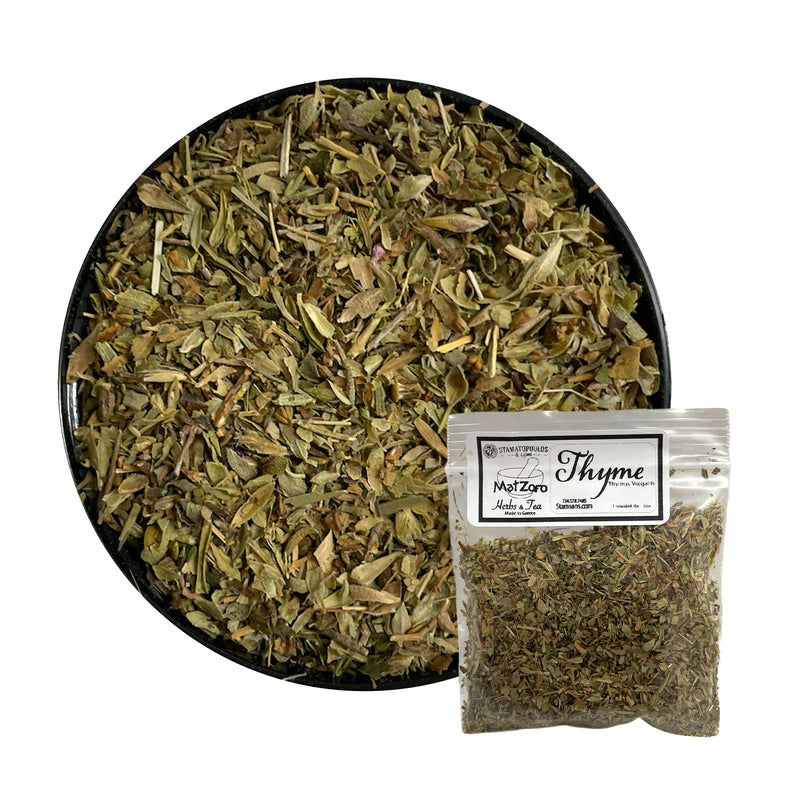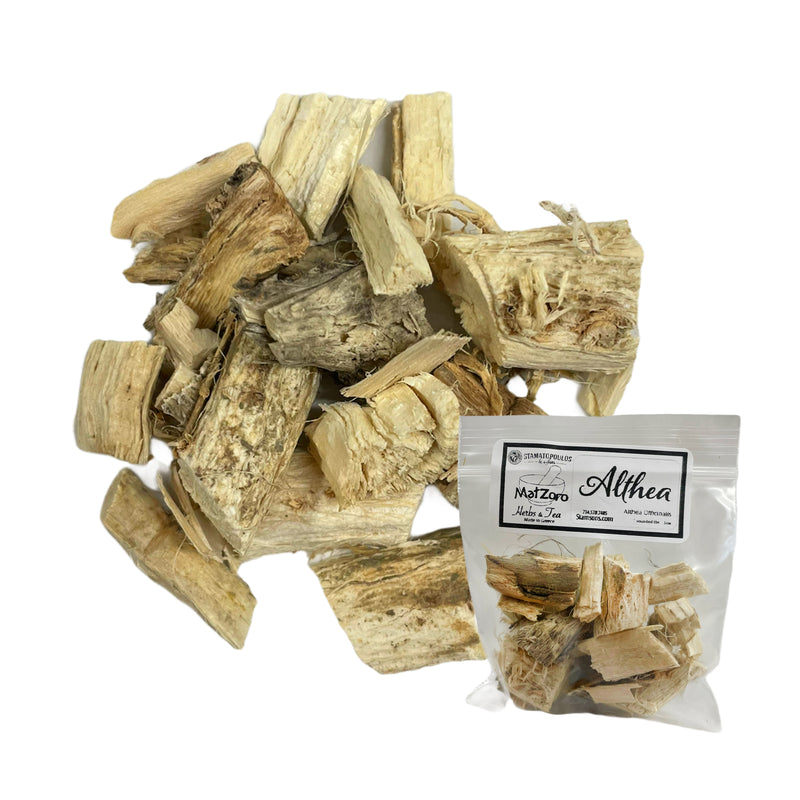{ "id":390465915, "title":"Sage","handle":"sage", "description":"\u003cb\u003eSAGE - \u003c\/b\u003e\u003cb\u003eSalvia Officinalis - Mint Family\u003c\/b\u003e\u003cbr\u003eCommon names: garden sage, common sage, true sage\u003cb\u003e \u003cbr\u003e\u003c\/b\u003e\u003cbr\u003e\u003cb\u003eHISTORY OF USE\u003c\/b\u003e\u003cbr\u003e\u003cspan style=\"font-weight: 400;\"\u003eSage is a pungent and distinctly flavored herb from the mint family with a long history of culinary and medicinal use. Throughout history, sage has been used to treat so many maladies that it gained a reputation as a panacea, prompting the late herb expert Varro E. Tyler, Ph.D., to write, “If one consults enough herbals… every sickness known to humanity will be listed as being cured by sage.”\u003c\/span\u003e\u003cbr\u003e\u003cspan style=\"font-weight: 400;\"\u003eThe ancient Greeks and Romans first used sage as a meat preservative. They also believed that like another powerful preservative, rosemary, it could enhance memory. Sage gained a much broader medicinal reputation that rosemary did, however. The Roman naturalist Pliny prescribed it for snakebite, epilepsy, intestinal worms, chest ailments, and menstruation promotion.\u003c\/span\u003e\u003cbr\u003e\u003cspan style=\"font-weight: 400;\"\u003eSixteenth-century British herbalist John Gerard called sage “singularly good for the head and brain. It quickeneth the senses and memory, strengtheneth the sinews, restoreth health to those that have palsy, and taketh away shaky trembling of the members.” In the 17th century, English herbalist Nicholas Culpeper seconded Gerard and recommended sage “boiled in water or wine to wash sore mouths and throats, cankers, or the secret parts of man or woman.”\u003c\/span\u003e\u003cbr\u003e\u003cspan style=\"font-weight: 400;\"\u003eColonists introduced sage into North America, where it was widely used by folk healers to treat insomnia, epilepsy, measles, seasickness, and intestinal worms. America’s 19th-century eclectic physicians, forerunners of today’s naturopaths, used sage primarily to treat fever. They also prescribed sage poultices for arthritis.\u003c\/span\u003e\u003cbr\u003e\u003cspan style=\"font-weight: 400;\"\u003eAs late as the 1920s, U.S. medical texts recommended sage tea as a gargle for sore throat and sage leaf poultices for sprains and swellings. Modern herbalists recommend sage as an external treatment for wounds and insect bites; as a gargle for bleeding gums, sore throat, laryngitis, and tonsillitis; and as an infusion to reduce perspiration, terminate milk production, and relieve dizziness, depression, menstrual irregularity, and intestinal upsets.\u003cbr\u003e\u003c\/span\u003e\u003cbr\u003e\u003cb\u003eCULINARY USE\u003c\/b\u003e\u003cbr\u003e\u003cspan style=\"font-weight: 400;\"\u003eUsed in cooking meats as it aids in the digestion of fats and is a tonic to the liver. It is traditionally used on turkey on Thanksgiving.\u003cbr\u003e\u003c\/span\u003e\u003cbr\u003e\u003cb\u003eMEDICINAL USE \u003c\/b\u003e\u003cbr\u003e\u003cspan style=\"font-weight: 400;\"\u003eSeveral studies show that sage cuts perspiration by as much as 50 percent, with the maximum effect occurring two hours after ingestion. This effect helps explain how sage developed a reputation for treating fever, which causes profuse sweating, and for drying up mothers’ milk.\u003c\/span\u003e\u003cbr\u003e\u003cspan style=\"font-weight: 400;\"\u003e\u003cstrong\u003eNervous system:\u003c\/strong\u003e sage is helpful to promote mental alertness. \u003c\/span\u003e\u003cbr\u003e\u003cspan style=\"font-weight: 400;\"\u003e\u003cstrong\u003eDigestive system:\u003c\/strong\u003e Sage is useful with any mouth sores (such as after dental work); sore, dry throats with swollen glands. Can be used as a gargle. Also soothes indigestion. \u003c\/span\u003e\u003cbr\u003e\u003cb\u003eMuscular system:\u003c\/b\u003e\u003cspan style=\"font-weight: 400;\"\u003e Relieves muscular tension.\u003c\/span\u003e\u003cbr\u003e\u003cb\u003eReproductive system: \u003c\/b\u003e\u003cspan style=\"font-weight: 400;\"\u003eAssists in weaning as it dries up milk during lactation. In menopause sage helps balance hormones, relieve hot flashes, and night sweats.\u003c\/span\u003e\u003cbr\u003e\u003cb\u003eExternal use: \u003c\/b\u003e\u003cspan style=\"font-weight: 400;\"\u003eIn laboratory studies, sage is active against several infection-causing bacteria. This finding lends some credence to the herb’s age-old use in treating wounds. Modern physicians would not recommend bandaging wounds with sage leaves as Dioscorides did, but you can use fresh leaves as garden first aid for minor wounds.\u003cbr\u003e\u003c\/span\u003e\u003cbr\u003e\u003cb\u003eHERBAL ACTIONS\u003c\/b\u003e\u003cbr\u003eAntispasmodic, carminative, tonic, aromatic, astringent\u003cb\u003e\u003cbr\u003e\u003cbr\u003e\u003c\/b\u003e\u003cb\u003eFLAVOR \u0026amp; ENERGETICS\u003c\/b\u003e\u003cbr\u003e\u003cspan style=\"font-weight: 400;\"\u003ePungent, warm, aromatic, astringent\u003cbr\u003e\u003c\/span\u003e\u003cbr\u003e\u003cb\u003eCONSTITUENTS\u003c\/b\u003e\u003cbr\u003e\u003cspan style=\"font-weight: 400;\"\u003eVolatile oils including thujone, tannins, bitters\u003cbr\u003e\u003c\/span\u003e\u003cbr\u003e\u003cb\u003eCAUTIONS\u003c\/b\u003e\u003cbr\u003e\u003cspan style=\"font-weight: 400;\"\u003eAs a tea it is not recommended to continue use for more than three weeks. Not recommended during nursing unless the mother wants to wean, as it will dry up milk.\u003cbr\u003e\u003c\/span\u003e\u003cbr\u003e\u003cb\u003eTEA BLENDS\u003c\/b\u003e\u003cbr\u003e\u003cspan style=\"font-weight: 400;\"\u003eFor sore, dry throats with swollen glands, sage and calendula. As a sore throat gargle, Rosemary Gladstar offers this highly effective recipe: 1 cup raw apple cider vinegar, 1 cup strong (triple strength) sage tea, 2-3 tsp sea salt, pinch of cayenne. For mental alertness: sage and gingko tea; sweeten with licorice.\u003cbr\u003e\u003c\/span\u003e\u003cbr\u003e\u003cb\u003eDISCLAIMER\u003c\/b\u003e\u003cbr\u003e\u003cspan style=\"font-weight: 400;\"\u003eThis information is not intended to treat, diagnose, cure, heal, mitigate, or remedy disease. It is for educational purposes only and should not be implemented without the express consent of your healthcare practitioner.\u003c\/span\u003e", "published_at":"2014-10-21T21:37:00", "created_at":"2014-10-21T21:37:49", "vendor":"Stamatopoulos \u0026 Sons", "type":"Herbs, Teas, \u0026 Spices", "tags":["Herbs \u0026 Spices \u0026 Teas"], "price":100, "price_min":100, "price_max":499, "price_varies":true, "compare_at_price":null, "compare_at_price_min":0, "compare_at_price_max":0, "compare_at_price_varies":false, "all_variant_ids":[914942111,37445169420], "variants":[{"id":914942111,"title":"40g","option1":"40g","option2":null,"option3":null,"sku":"728943764000","requires_shipping":true,"taxable":false,"featured_image":{"id":22588938764,"product_id":390465915,"position":4,"created_at":"2017-02-23T13:09:44-05:00","updated_at":"2021-01-21T15:40:07-05:00","alt":null,"width":600,"height":600,"src":"\/\/stamsons.com\/cdn\/shop\/products\/600_x_600_sage1.jpg?v=1611261607","variant_ids":[914942111]},"available":true,"name":"Sage - 40g","public_title":"40g","options":["40g"],"price":499,"weight":40,"compare_at_price":null,"inventory_quantity":34,"inventory_management":"shopify","inventory_policy":"deny","barcode":"728943764000","featured_media":{"alt":null,"id":8952184911,"position":4,"preview_image":{"aspect_ratio":1.0,"height":600,"width":600,"src":"\/\/stamsons.com\/cdn\/shop\/products\/600_x_600_sage1.jpg?v=1611261607"}},"requires_selling_plan":false,"selling_plan_allocations":[]},{"id":37445169420,"title":"0.1oz","option1":"0.1oz","option2":null,"option3":null,"sku":"728943764001b","requires_shipping":true,"taxable":false,"featured_image":{"id":16120074862671,"product_id":390465915,"position":1,"created_at":"2021-01-21T15:39:57-05:00","updated_at":"2021-01-21T15:40:07-05:00","alt":null,"width":3000,"height":3000,"src":"\/\/stamsons.com\/cdn\/shop\/products\/sage2a.jpg?v=1611261607","variant_ids":[37445169420]},"available":true,"name":"Sage - 0.1oz","public_title":"0.1oz","options":["0.1oz"],"price":100,"weight":40,"compare_at_price":null,"inventory_quantity":3,"inventory_management":"shopify","inventory_policy":"deny","barcode":"728943764000","featured_media":{"alt":null,"id":8294143492175,"position":1,"preview_image":{"aspect_ratio":1.0,"height":3000,"width":3000,"src":"\/\/stamsons.com\/cdn\/shop\/products\/sage2a.jpg?v=1611261607"}},"requires_selling_plan":false,"selling_plan_allocations":[]}], "available":null,"images":["\/\/stamsons.com\/cdn\/shop\/products\/sage2a.jpg?v=1611261607","\/\/stamsons.com\/cdn\/shop\/products\/3ainfographicsamazon_Sage.jpg?v=1611261607","\/\/stamsons.com\/cdn\/shop\/products\/600_x_600_sage.jpg?v=1611261607","\/\/stamsons.com\/cdn\/shop\/products\/600_x_600_sage1.jpg?v=1611261607"],"featured_image":"\/\/stamsons.com\/cdn\/shop\/products\/sage2a.jpg?v=1611261607", "options":["Size"], "url":"\/products\/sage"}
Sage
Related Products
Greek Mountain Tea
$ 4.00
Rosemary
$ 4.99
Lavender
$ 8.00
Linden
From $ 1.00
Nettle Leaves
From $ 1.00
Spearmint
From $ 4.99
Greek Mixed Tea
$ 6.00
Hibiscus
From $ 1.00
Echinacea
From $ 1.00
Thyme
From $ 1.00
HORSETAIL ROOT
$ 8.00
